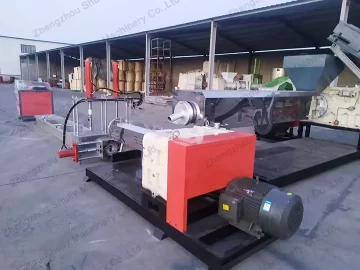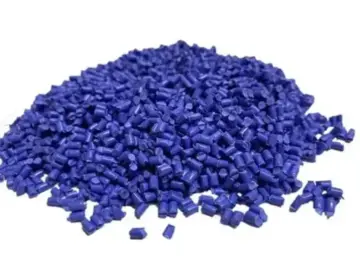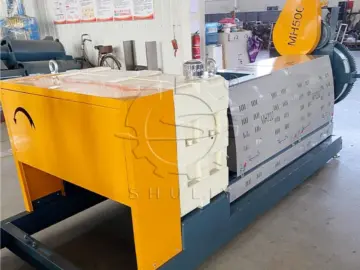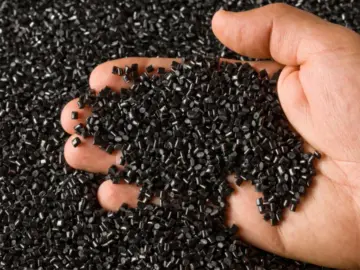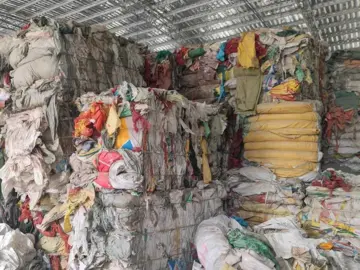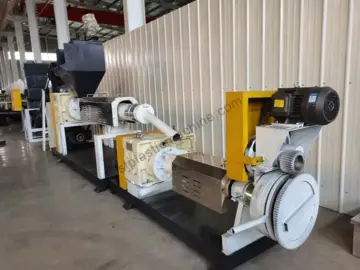The rapid pace of technological advancement has created a significant global challenge: a massive and growing stream of electronic waste. The improper disposal of these items leads to severe environmental contamination due to the hazards of electronic waste, including heavy metals and toxic chemicals. Effective e-waste recycling is not just an environmental necessity but also a substantial business opportunity, driven by the valuable materials locked within these discarded devices.
This guide provides an introduction to the core processes and the essential machinery required for e-waste recycling, transforming a complex problem into a profitable solution.
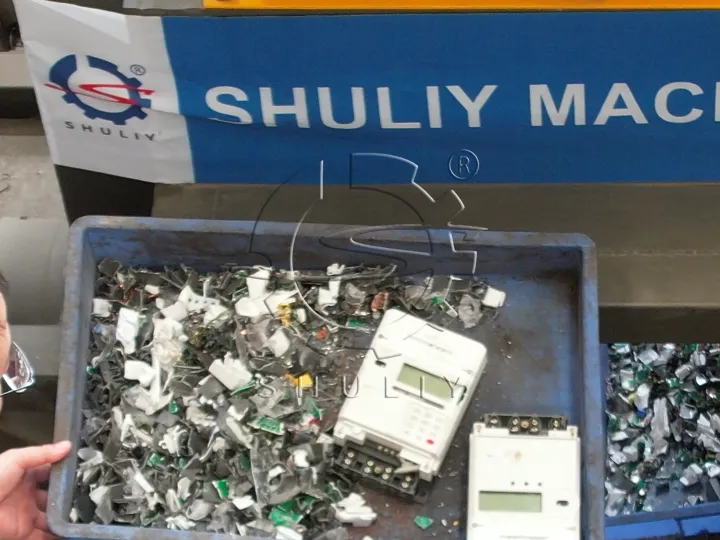
The E-Waste Recycling Process: From Whole Units to Raw Materials
A successful e-scrap recycling operation follows a systematic, multi-stage process designed to safely and efficiently liberate valuable components. These are the key e-waste recycling process steps:
1.Collection & Manual Dismantling
The process begins with the collection and sorting of electronic waste. Following this, manual dismantling is a critical first step. Operators use e-waste dismantling equipment—which includes specialized tools and workstations—to manually remove hazardous components like batteries and toner cartridges, as well as easily accessible high-value parts like large circuit boards and memory modules.
2.Mechanical Size Reduction (Shredding)
This is the heart of the mechanical process. The goal of the e-waste shredding process is to break down the remaining electronic components into a small, uniform particle size. This crucial step achieves two primary objectives:
- Material Liberation: It breaks apart composite materials, freeing metals, plastics, and fiberglass from each other.
- Data Destruction: For items like hard drives and solid-state drives, the shredding process provides secure data destruction for electronic waste, a critical service for corporate clients.
3.Separation
After shredding, the commingled stream of small particles enters a separation phase. Advanced systems use magnets, eddy currents, and air density separators for the metal and plastic separation from e-waste. This isolates ferrous metals, non-ferrous metals (like aluminum and copper), and the plastic fraction.
Essential Machinery for an E-Waste Recycling Plant
While manual labor is part of the process, industrial-scale electronic waste recycling relies on robust and specialized machinery.
E-Waste Shredder Machine: The Core of the Operation
The most critical piece of equipment is the industrial shredder. Unlike standard plastic crushers, an e-waste shredder machine is built to handle the tough, abrasive nature of electronic scrap.
- PCB Board Shredder: Printed Circuit Boards (PCBs) are a prime target due to their precious metal content. A PCB board shredder is designed with high-hardness, wear-resistant blades to effectively pulverize the boards and prepare them for metal extraction.
- Hard Drive Shredder: These are high-torque shredders specifically designed to destroy hard drives, ensuring complete data security while recovering aluminum casings and other materials.
The robust engineering principles behind an effective electronic waste crusher are focused on durability and power, sharing design philosophies with heavy-duty plastic crushers built to handle tough, composite materials.
Separation Equipment
Following the shredder, a line of separation machines is required to sort the valuable output. This includes magnetic separators for steel, eddy current separators for aluminum and copper, and air classifiers to separate light plastics from heavier materials. The recovered plastic stream can then be further processed in dedicated systems, similar to our hard plastic recycling lines, often concluding with a plastic pelletizing machine to create reusable granules.
The Business Case: Is E-Waste Recycling Profitable?
A common question is, “is e-waste recycling profitable?” The answer is a definitive yes, provided the operation is set up efficiently. The profitability is driven by the recovery of valuable commodities, especially precious metals. The key is understanding how to separate precious metals from e-waste, a process that occurs after the initial shredding and mechanical separation, often involving specialized hydrometallurgical or pyrometallurgical techniques.
Starting this venture requires a solid business plan for e-waste recycling, which must account for the initial e-waste recycling plant cost. The primary investment is in the machinery. Partnering with a reputable e-waste recycling machine manufacturer is critical to ensure you acquire durable, efficient equipment tailored to your specific input stream and throughput goals.
Effective e-waste recycling provides a powerful solution to a pressing global issue, creating a circular economy for electronics. By investing in the right processes and machinery, it represents a significant opportunity for sustainable and financial success.

